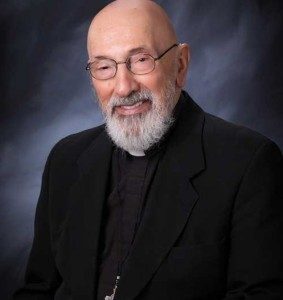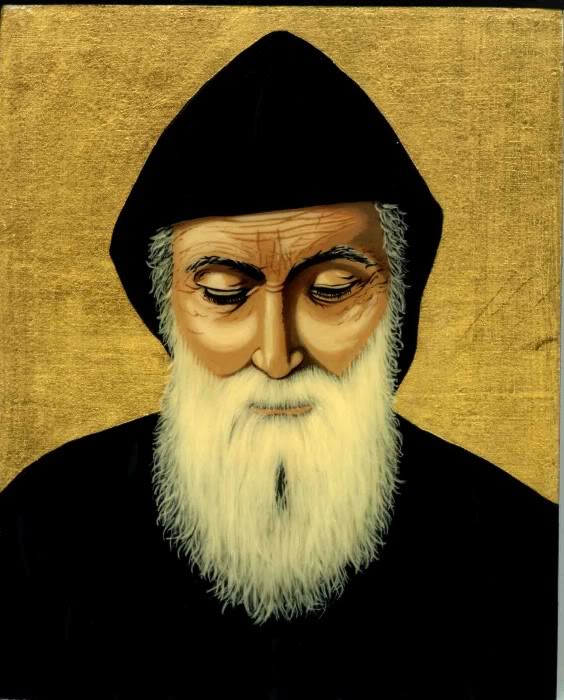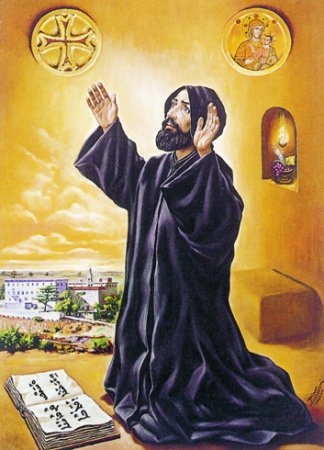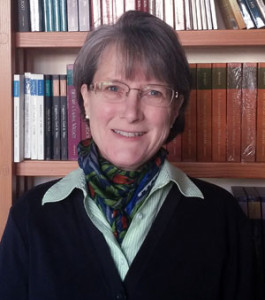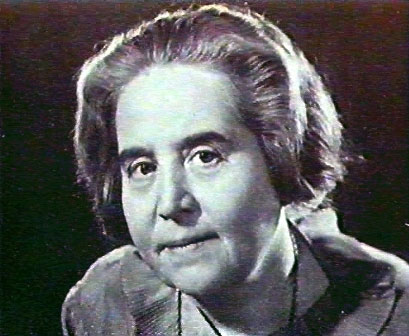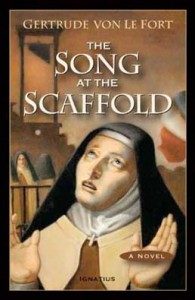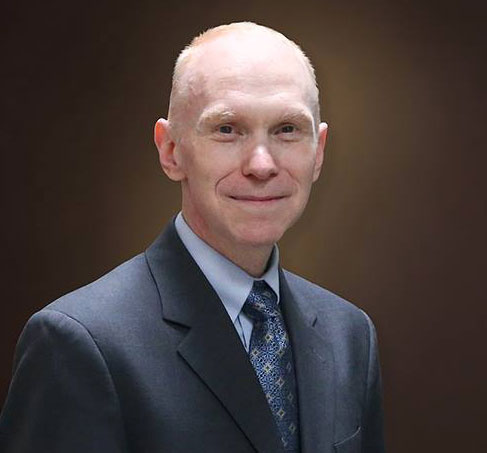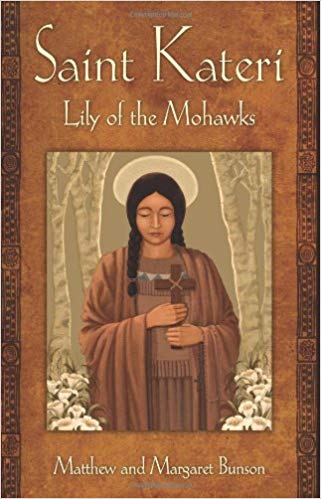Podcast: Play in new window | Download (Duration: 31:25 — 21.6MB) | Embed
Subscribe: Apple Podcasts | Spotify | Amazon Music | Android | Pandora | iHeartRadio | JioSaavn | Podchaser | Gaana | Podcast Index | Email | TuneIn | Deezer | Anghami | RSS | More
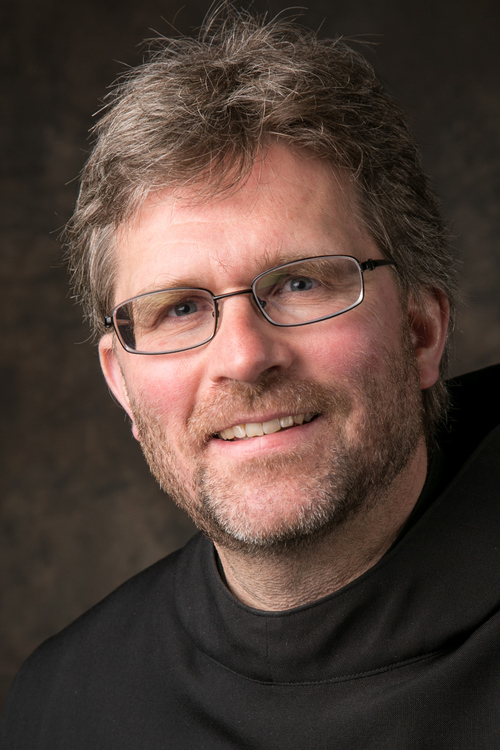
Prayer during the Night
From the Holy Rule of St. Benedict:
CHAPTER 8
Of the Divine Office during the Night
Making due allowance for circumstances, the brethren will rise during the winter season, that is, from the calends of November till Easter, at the eighth hour of the night; so that, having rested till a little after midnight, they may rise refreshed. The time, however, which remains over after the night office (Matins) will be employed in study by those of the brethren who still have some parts of the psalms and the lessons to learn.
But from Easter to the aforesaid calends, let the hour for celebrating the night office (Matins) be so arranged, that after a very short interval, during which the brethren may go out for the necessities of nature, the morning office (Lauds), which is to be said at the break of day, may follow presently.
Father Mauritius Wilde, OSB, Ph.D., did his philosophical, theological, and doctoral studies in Europe. He is the author of several books and directs retreats regularly. He serves as Prior at Sant’Anselmo in Rome.
For more, be sure to visit The Holy Rule of St. Benedict Rule with Fr. Mauritius Wilde O.S.B. Podcast Discerning Hearts page

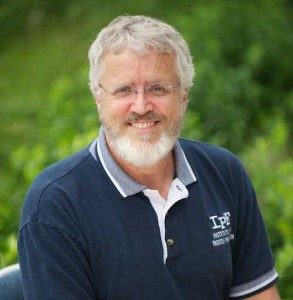 Episode 1 -Listening For Truth– This episode, with Deacon James Keating and Kris McGregor, serves as an introduction to the series. They discuss moral judgments: What are the boundaries? They also explore the importance of giving God time to reach us and knowing how we can be properly spiritually guided.
Episode 1 -Listening For Truth– This episode, with Deacon James Keating and Kris McGregor, serves as an introduction to the series. They discuss moral judgments: What are the boundaries? They also explore the importance of giving God time to reach us and knowing how we can be properly spiritually guided.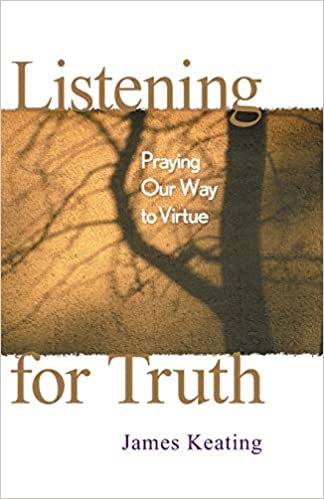
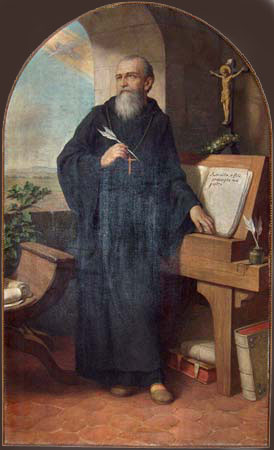 CHAPTER I
CHAPTER I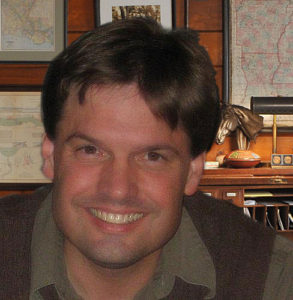
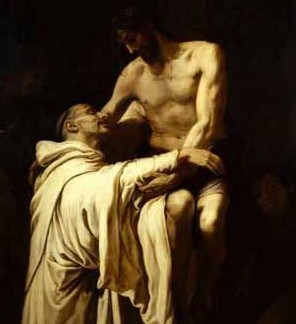
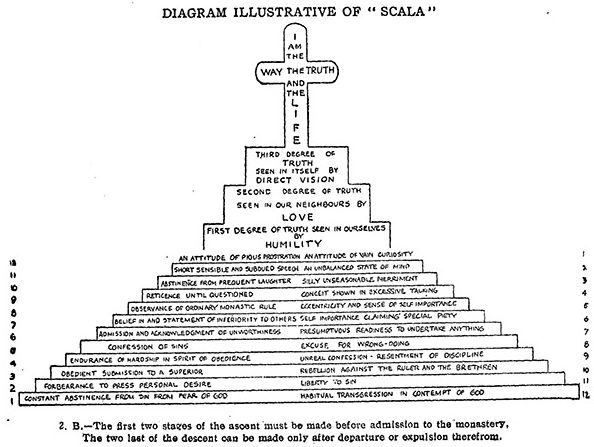
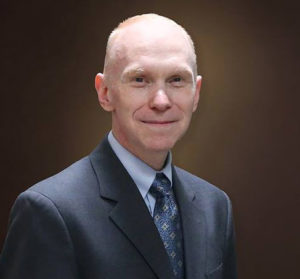
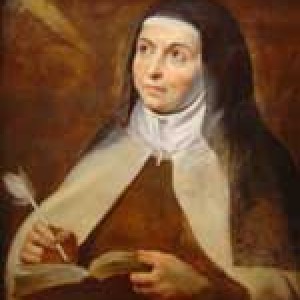 Secondly, St Teresa proposes a profound harmony with the great biblical figures and eager listening to the word of God. She feels above all closely in tune with the Bride in the Song of Songs and with the Apostle Paul, as well as with Christ in the Passion and with Jesus in the Eucharist. The Saint then stresses how essential prayer is. Praying, she says, “means being on terms of friendship with God frequently conversing in secret with him who, we know, loves us” (Vida 8, 5). St Teresa’s idea coincides with Thomas Aquinas’ definition of theological charity as “amicitia quaedam hominis ad Deum”, a type of human friendship with God, who offered humanity his friendship first; it is from God that the initiative comes (cf. Summa Theologiae II-II, 23, 1).
Secondly, St Teresa proposes a profound harmony with the great biblical figures and eager listening to the word of God. She feels above all closely in tune with the Bride in the Song of Songs and with the Apostle Paul, as well as with Christ in the Passion and with Jesus in the Eucharist. The Saint then stresses how essential prayer is. Praying, she says, “means being on terms of friendship with God frequently conversing in secret with him who, we know, loves us” (Vida 8, 5). St Teresa’s idea coincides with Thomas Aquinas’ definition of theological charity as “amicitia quaedam hominis ad Deum”, a type of human friendship with God, who offered humanity his friendship first; it is from God that the initiative comes (cf. Summa Theologiae II-II, 23, 1).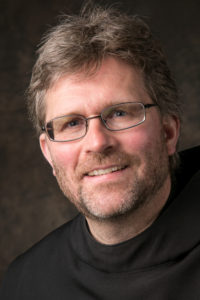
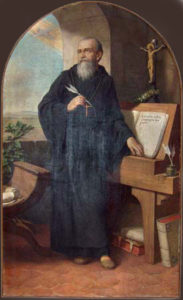 CHAPTER V
CHAPTER V